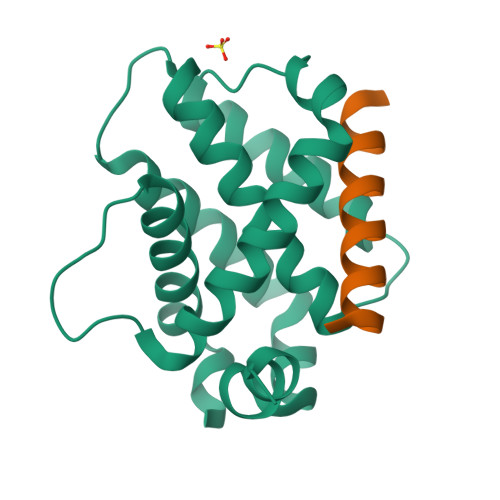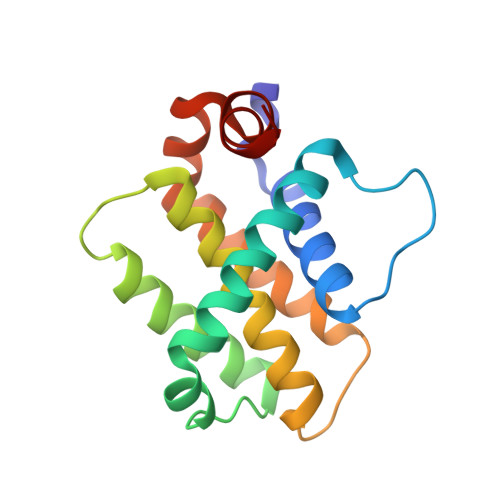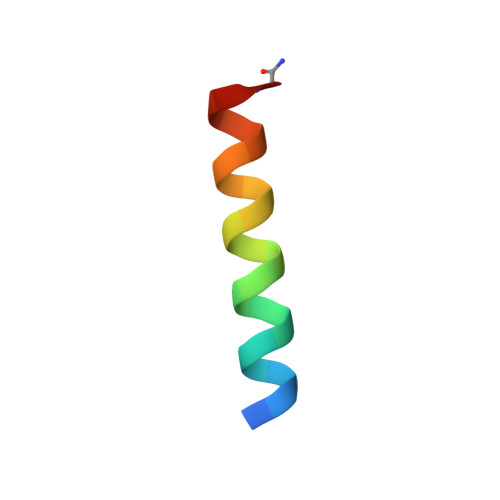Peptide design by optimization on a data-parameterized protein interaction landscape.
Jenson, J.M., Xue, V., Stretz, L., Mandal, T., Reich, L.L., Keating, A.E.(2018) Proc Natl Acad Sci U S A 115: E10342-E10351
- PubMed: 30322927
- DOI: https://doi.org/10.1073/pnas.1812939115
- Primary Citation of Related Structures:
6E3I, 6E3J - PubMed Abstract:
Many applications in protein engineering require optimizing multiple protein properties simultaneously, such as binding one target but not others or binding a target while maintaining stability. Such multistate design problems require navigating a high-dimensional space to find proteins with desired characteristics. A model that relates protein sequence to functional attributes can guide design to solutions that would be hard to discover via screening. In this work, we measured thousands of protein-peptide binding affinities with the high-throughput interaction assay amped SORTCERY and used the data to parameterize a model of the alpha-helical peptide-binding landscape for three members of the Bcl-2 family of proteins: Bcl-x L , Mcl-1, and Bfl-1. We applied optimization protocols to explore extremes in this landscape to discover peptides with desired interaction profiles. Computational design generated 36 peptides, all of which bound with high affinity and specificity to just one of Bcl-x L , Mcl-1, or Bfl-1, as intended. We designed additional peptides that bound selectively to two out of three of these proteins. The designed peptides were dissimilar to known Bcl-2-binding peptides, and high-resolution crystal structures confirmed that they engaged their targets as expected. Excellent results on this challenging problem demonstrate the power of a landscape modeling approach, and the designed peptides have potential uses as diagnostic tools or cancer therapeutics.
Organizational Affiliation:
Department of Biology, Massachusetts Institute of Technology, Cambridge, MA 02139.


















